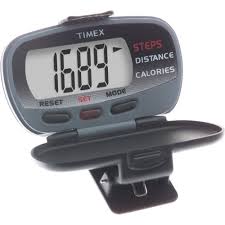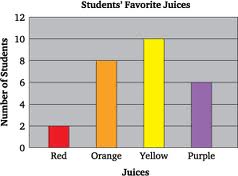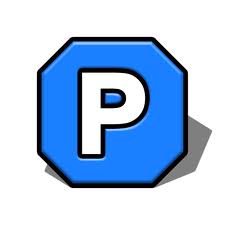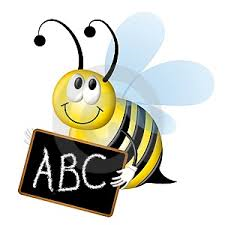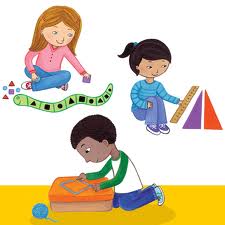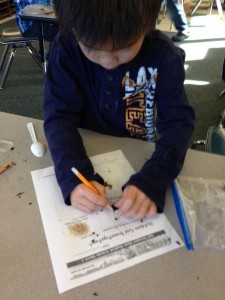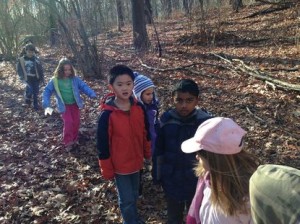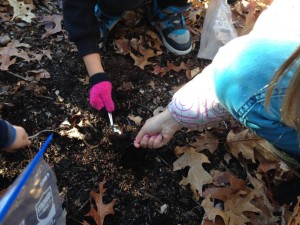Posted by kavery508 | Posted in Uncategorized | Posted on December 15, 2013
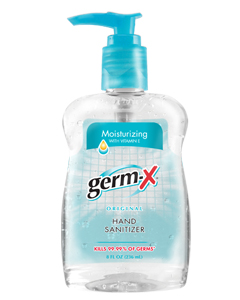
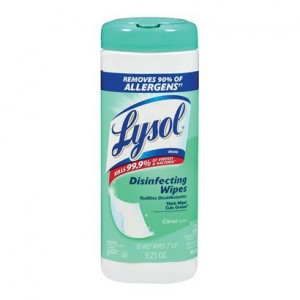 Supplies needed! Thanks to those of you who have sent in supplies. If you haven’t, please send in a bottle of each. We especially need hand sanitizer!
Supplies needed! Thanks to those of you who have sent in supplies. If you haven’t, please send in a bottle of each. We especially need hand sanitizer!
![images[5]](https://mraverysclass.edublogs.org/files/2013/12/images5-2fut9c3-300x106.jpg) Concert update! Due to the complexities involved with alternate food options in school, we will skip that part. On Wednesday, December 18, we’ll perform at 9:30 in the Café, and we’ll stick around for congratulations and photos. We need just a few helpers to help us reset the café for lunch. Please stay for a few minutes and lend a hand!
Concert update! Due to the complexities involved with alternate food options in school, we will skip that part. On Wednesday, December 18, we’ll perform at 9:30 in the Café, and we’ll stick around for congratulations and photos. We need just a few helpers to help us reset the café for lunch. Please stay for a few minutes and lend a hand!
 We will wrap up Unit 4 math with a review of strategies for learning math facts. With math facts, the goal is to memorize the number combinations. We don’t want students to be using fingers, etc. To that end, there are “tricks” that can help: recognize that +/- 0 doesn’t change a number; +/- 1 or 2 means simply counting up or down; when we know doubles, then we can quickly name ‘doubles-plus/minus-one’ (4 + 4 = 8, so 4 + 5 = 9). Students are already showing growth through practicing at home: keep up the good work! Unit 5 math will begin after vacation.
We will wrap up Unit 4 math with a review of strategies for learning math facts. With math facts, the goal is to memorize the number combinations. We don’t want students to be using fingers, etc. To that end, there are “tricks” that can help: recognize that +/- 0 doesn’t change a number; +/- 1 or 2 means simply counting up or down; when we know doubles, then we can quickly name ‘doubles-plus/minus-one’ (4 + 4 = 8, so 4 + 5 = 9). Students are already showing growth through practicing at home: keep up the good work! Unit 5 math will begin after vacation.
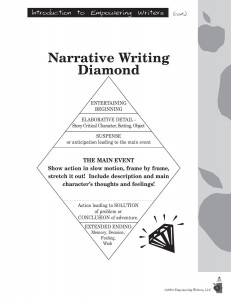 Students will be working on ‘endings’ when writing narratives this week. A good ending should leave your reader with your thoughts, feelings or memories, for example: “I can still remember how much fun we had building that first snowman of the winter. I hope next time the dog doesn’t run away with its nose!” This is preferable to “And then we went inside. And then I went to bed,” which is often how young children think to end stories, since it is how they end the day.
Students will be working on ‘endings’ when writing narratives this week. A good ending should leave your reader with your thoughts, feelings or memories, for example: “I can still remember how much fun we had building that first snowman of the winter. I hope next time the dog doesn’t run away with its nose!” This is preferable to “And then we went inside. And then I went to bed,” which is often how young children think to end stories, since it is how they end the day.
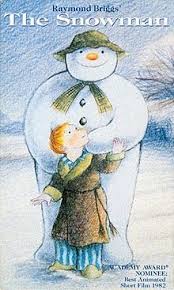 We will also share Raymond Briggs’ wonderful book, The Snowman. This story of a snowman who comes to life is drawn without words. Using the Narrative Writing Diamond as a scaffold, we will try writing the beginning, middle, and ending of one of the events in the story.
We will also share Raymond Briggs’ wonderful book, The Snowman. This story of a snowman who comes to life is drawn without words. Using the Narrative Writing Diamond as a scaffold, we will try writing the beginning, middle, and ending of one of the events in the story.
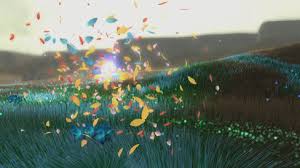 Our work with poetry is inspiring young authors in our classroom. Consider this poem by Emmy. What images does it create? How do the lengths of the lines affect how quickly or slowly it is read aloud? What purpose does rhyme serve in the poem?
Our work with poetry is inspiring young authors in our classroom. Consider this poem by Emmy. What images does it create? How do the lengths of the lines affect how quickly or slowly it is read aloud? What purpose does rhyme serve in the poem?
The Wind
The wind
blows so slow.
The leaves blow
with it.
The breeze flies
like snow.
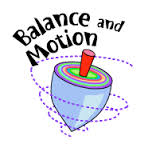 In science this week we will balance various objects to uncover truths about forces and equilibrium. Using observation and testing out hypotheses, we will see how the size of a base affects the ability of a system to remain in a stable position. For example, a playing card lying flat on the table is more likely to remain so than a card positioned on its side or placed upright on a corner. We’ll also experiment with adding counterweights to objects to increase their stability (balance out the forces on either side).
In science this week we will balance various objects to uncover truths about forces and equilibrium. Using observation and testing out hypotheses, we will see how the size of a base affects the ability of a system to remain in a stable position. For example, a playing card lying flat on the table is more likely to remain so than a card positioned on its side or placed upright on a corner. We’ll also experiment with adding counterweights to objects to increase their stability (balance out the forces on either side).
As we break near the midpoint of our journey, I’d like to thank you for your efforts this year. The children growing by leaps and bounds thanks to our work together. I wish you the happiest of holidays, and all the best in the new year!


